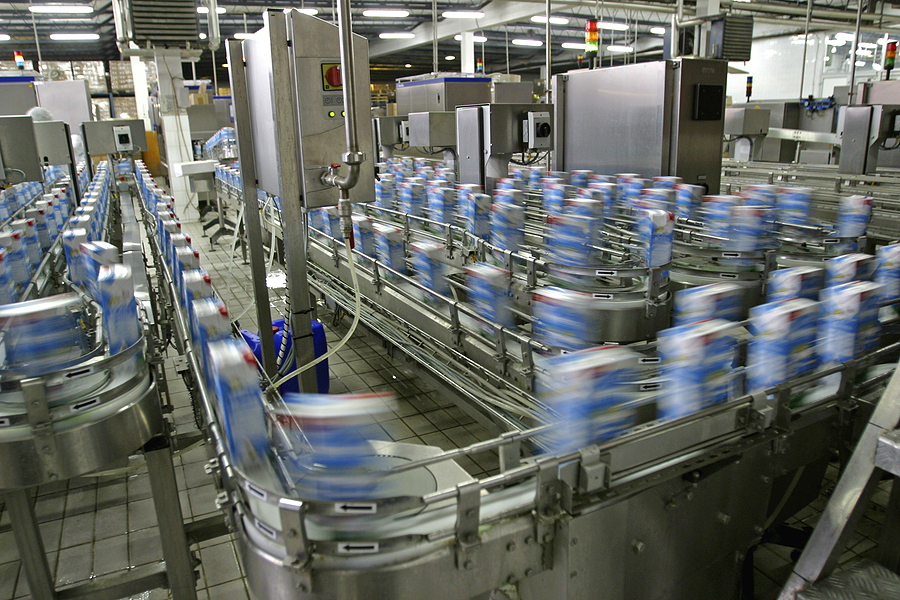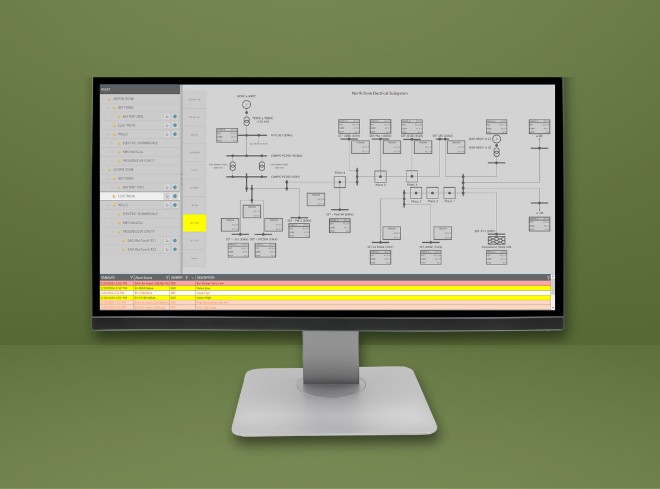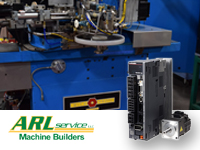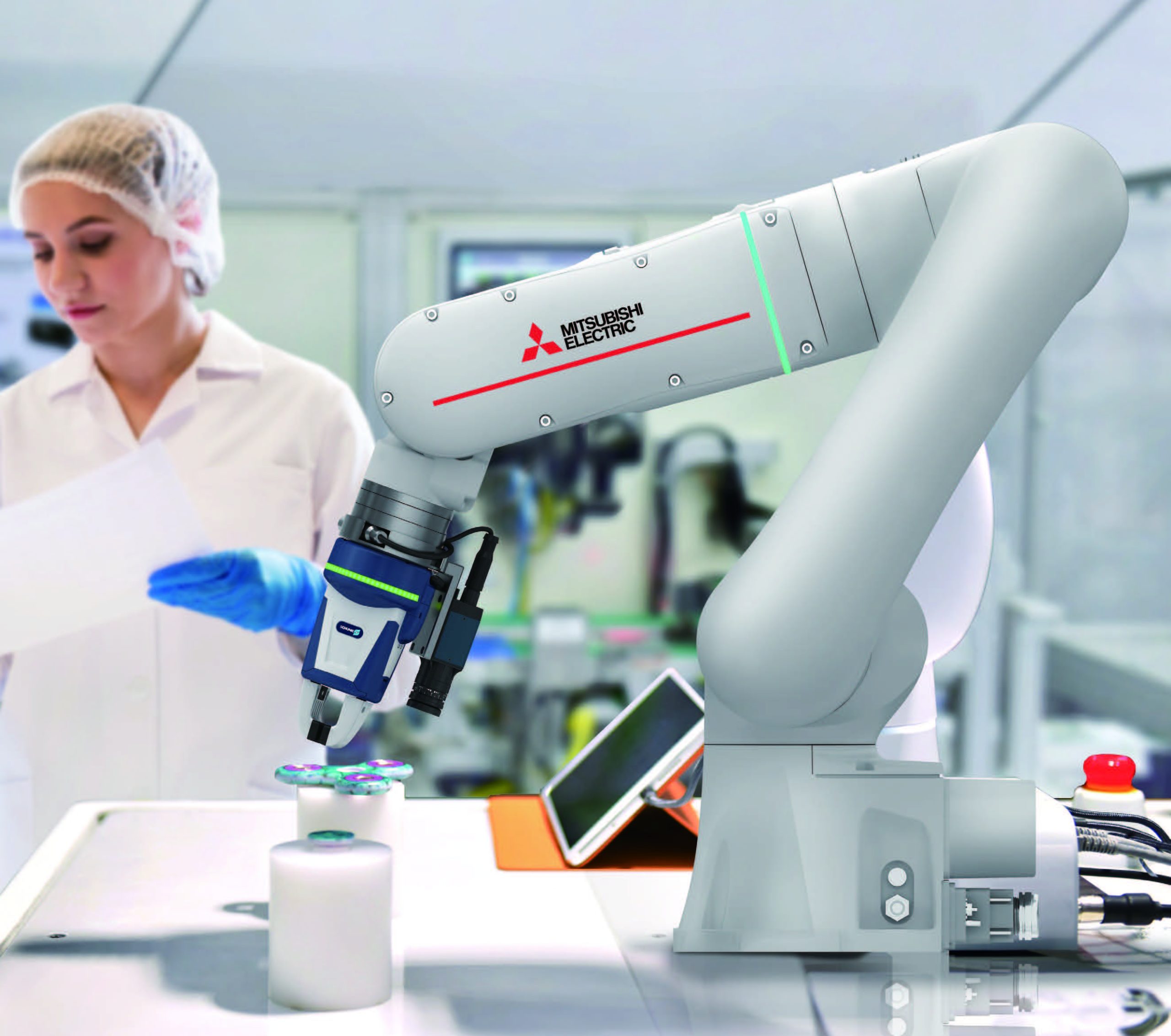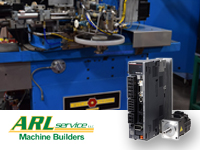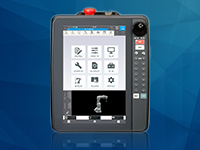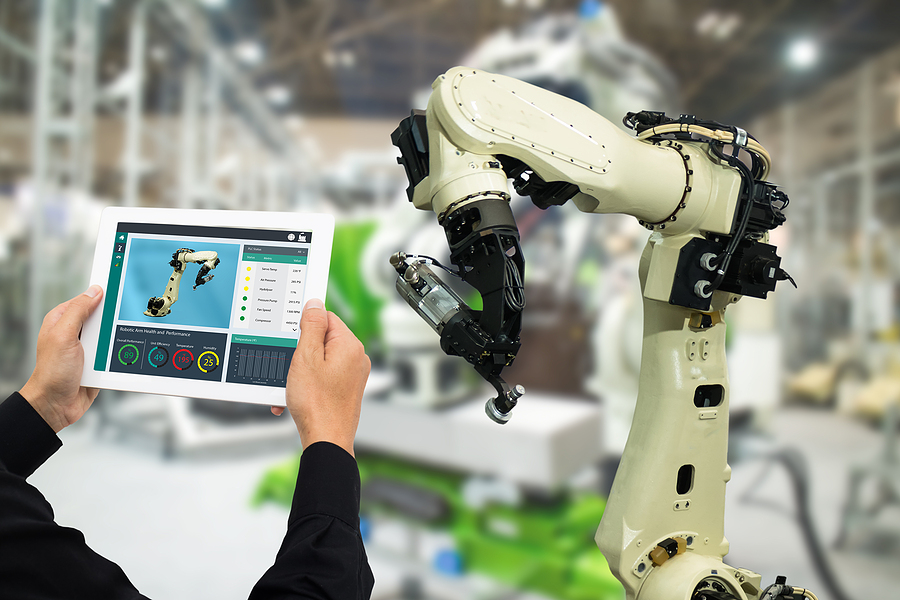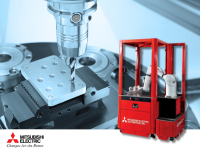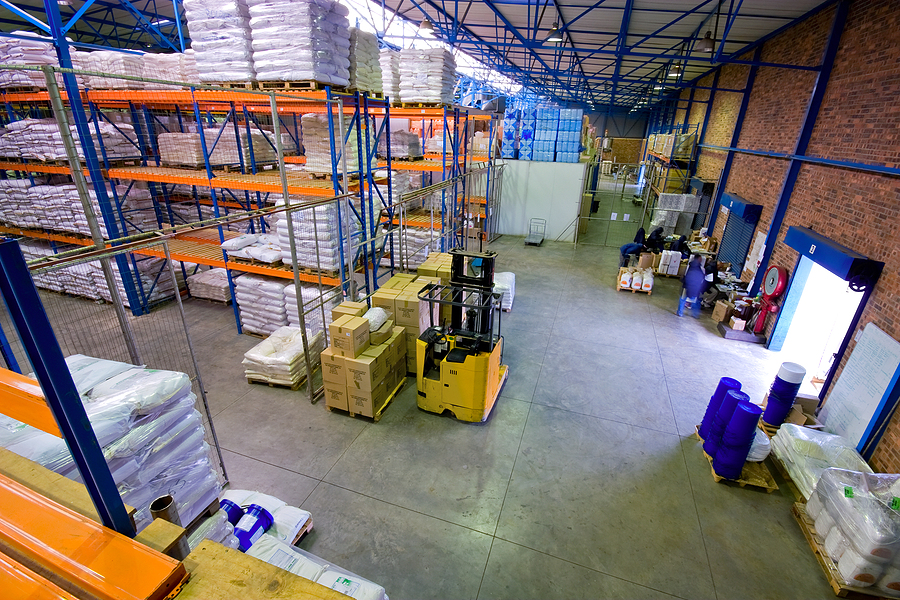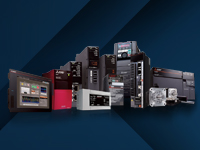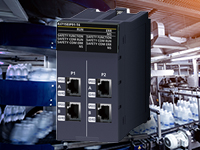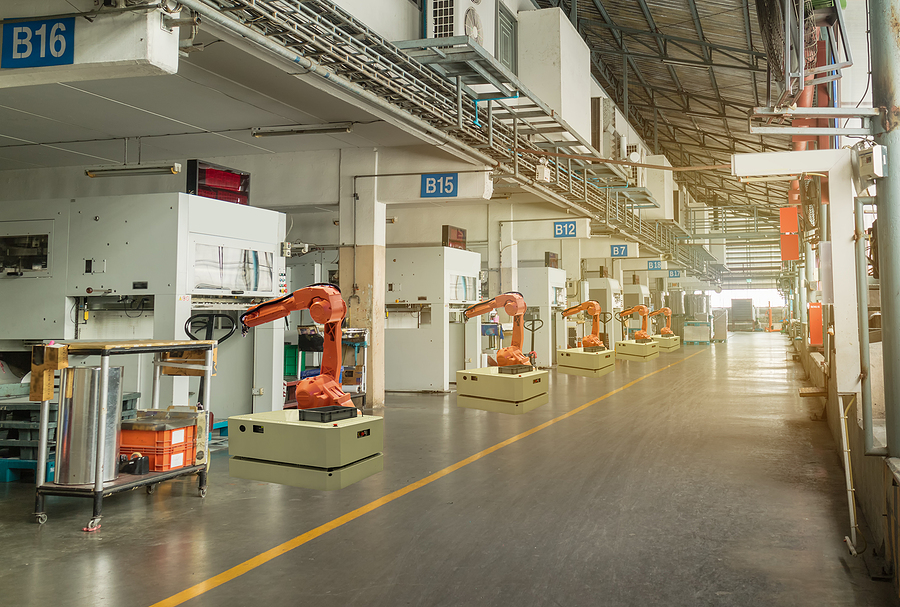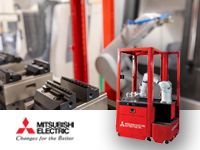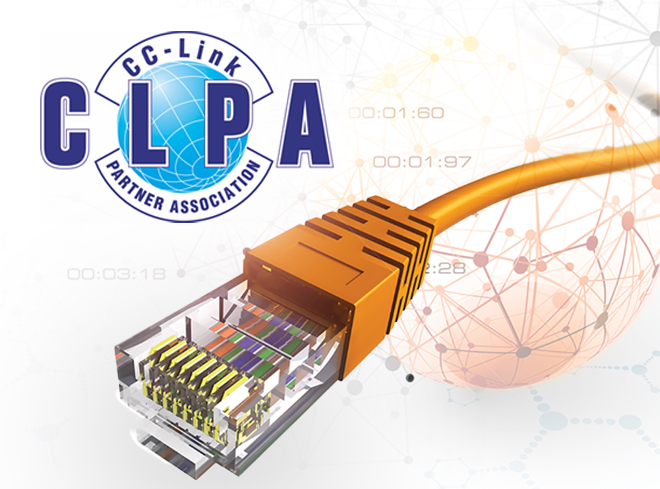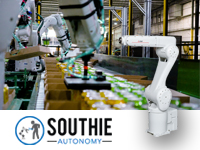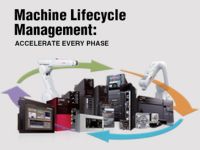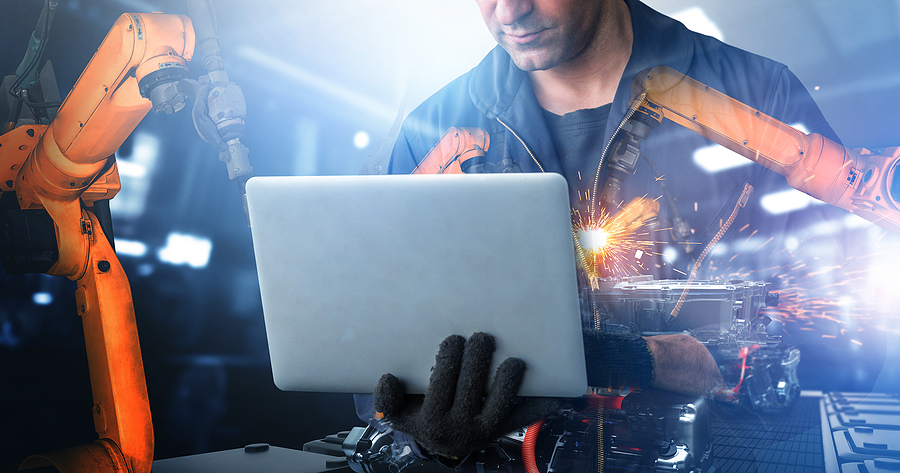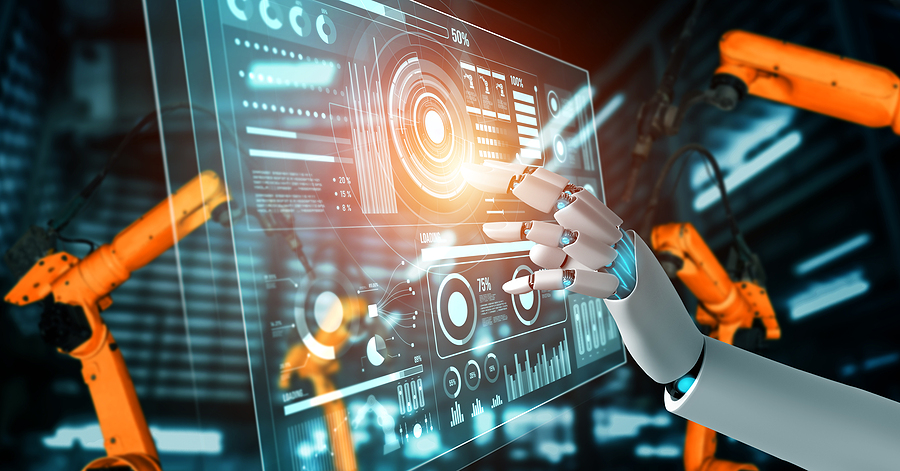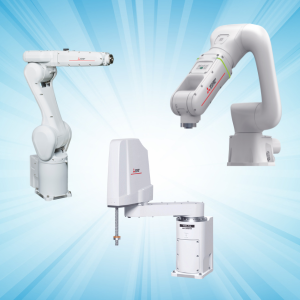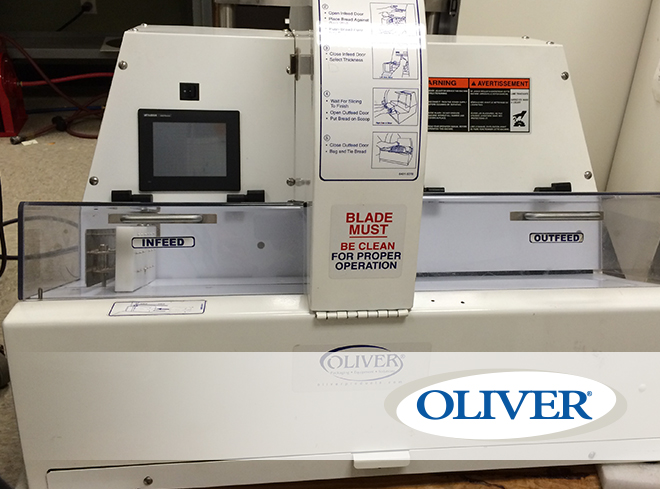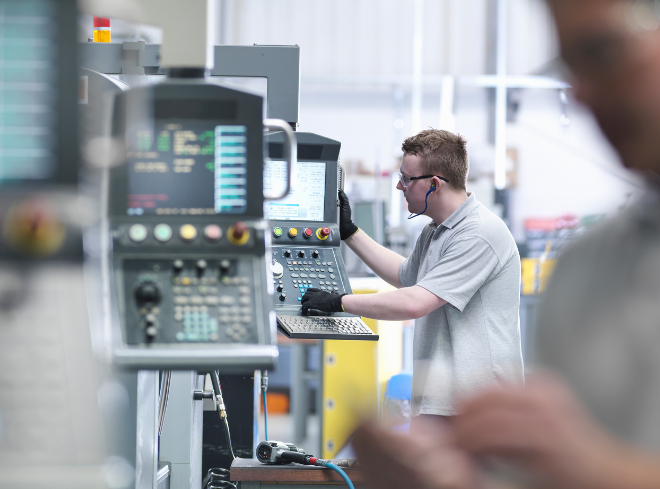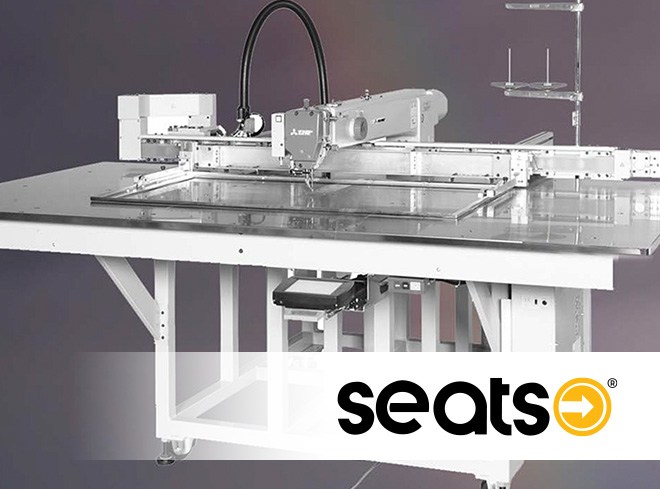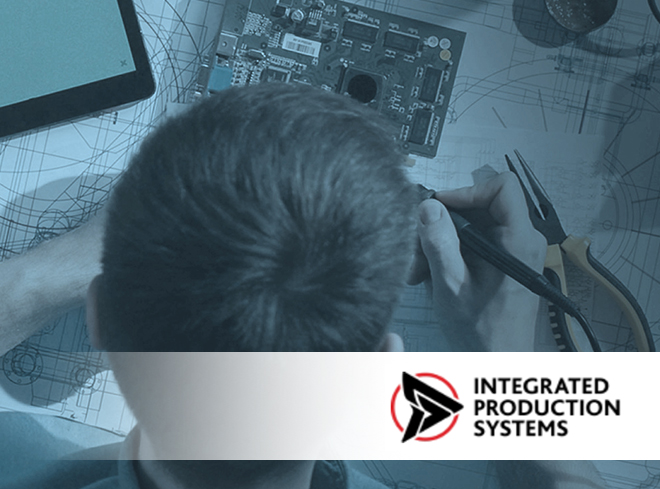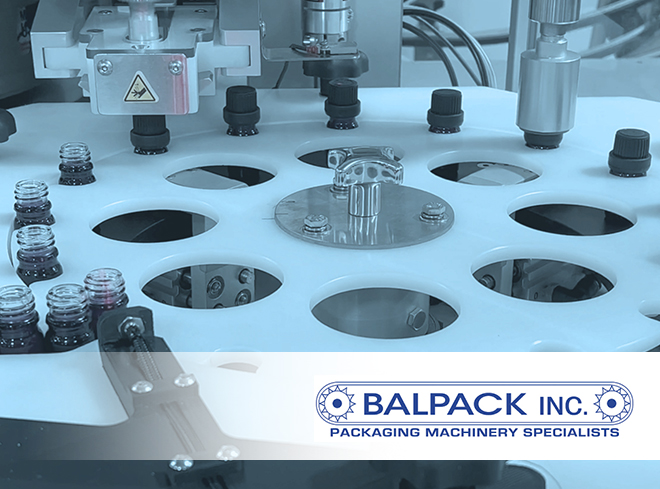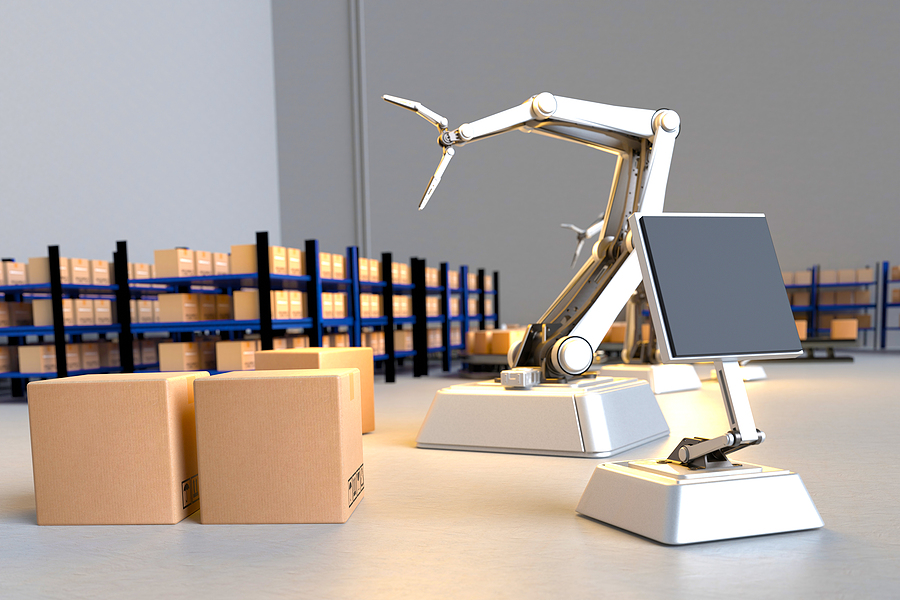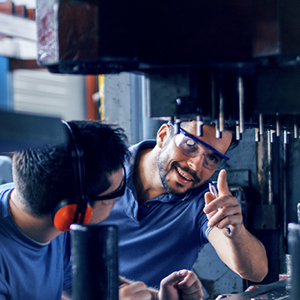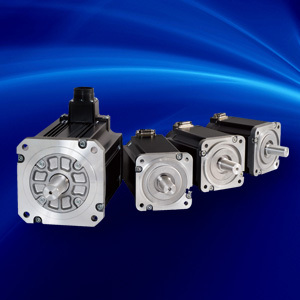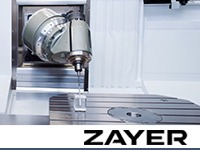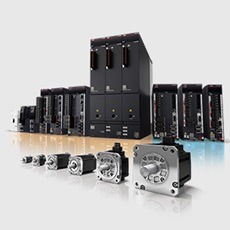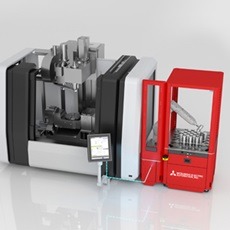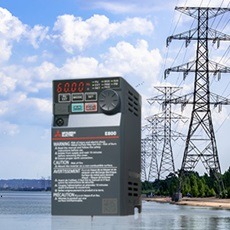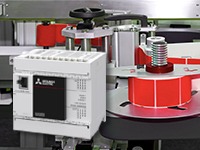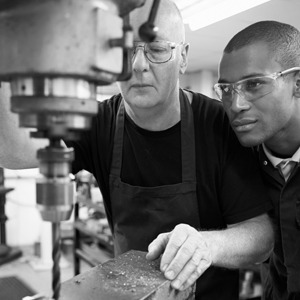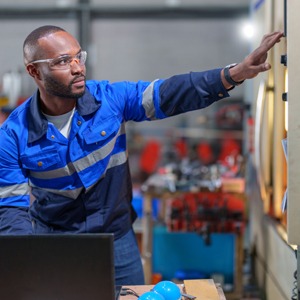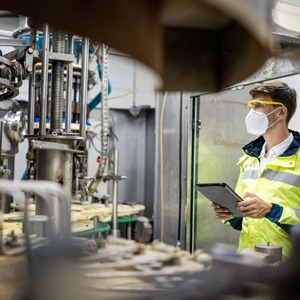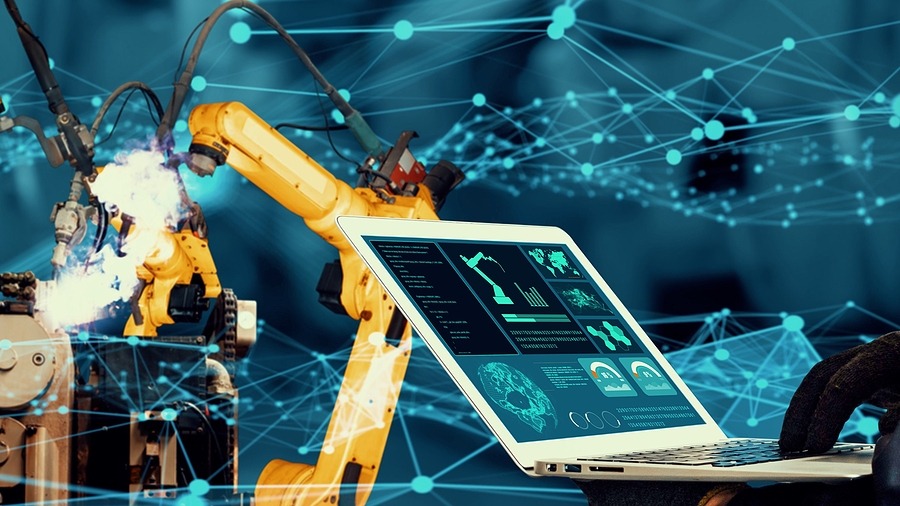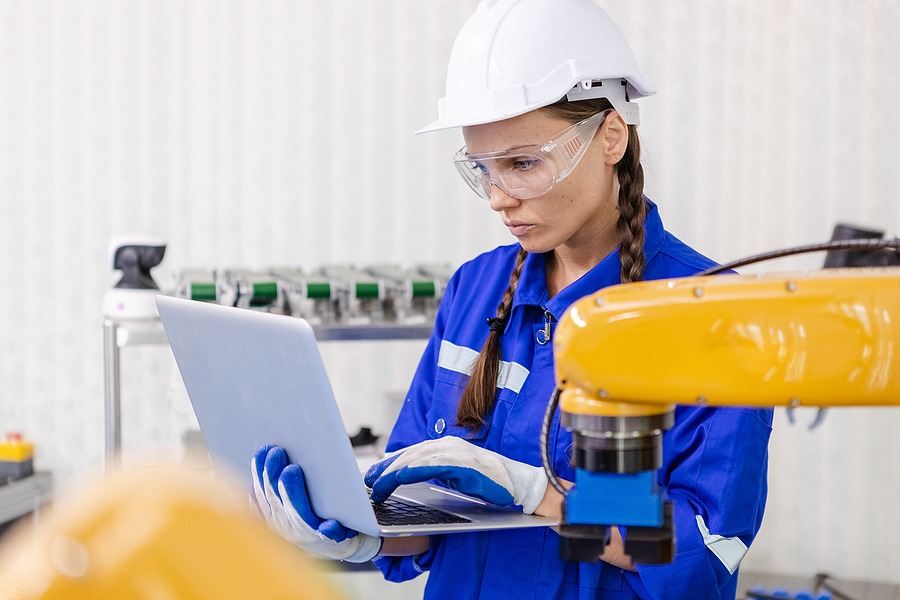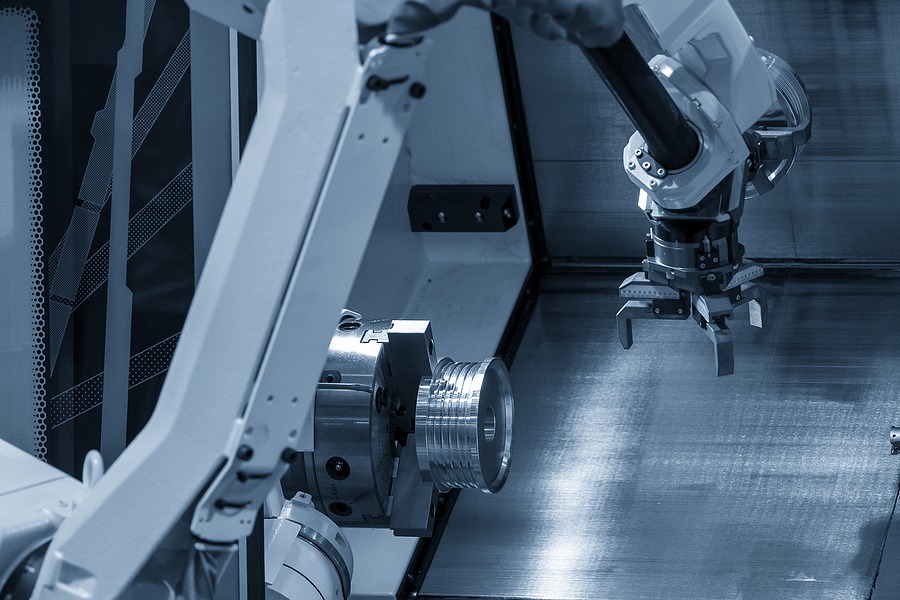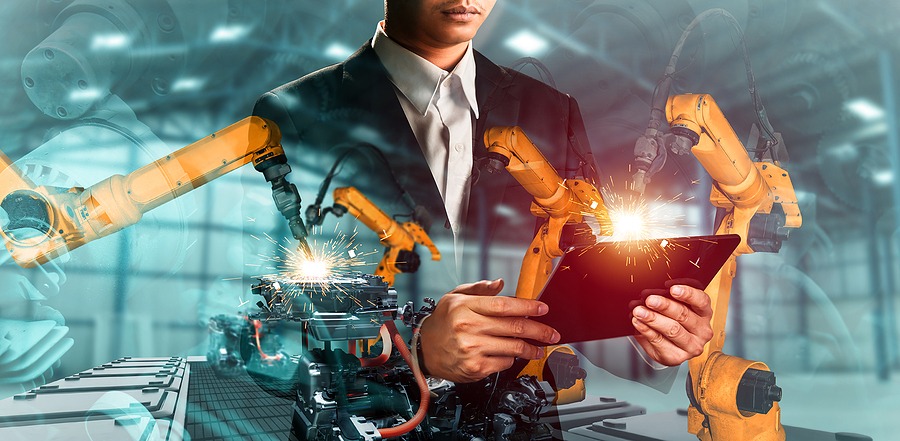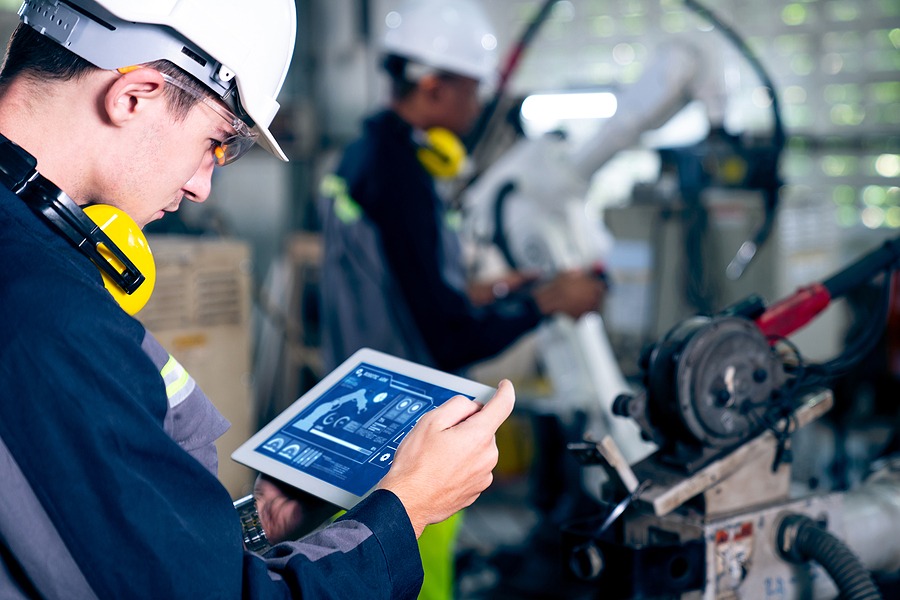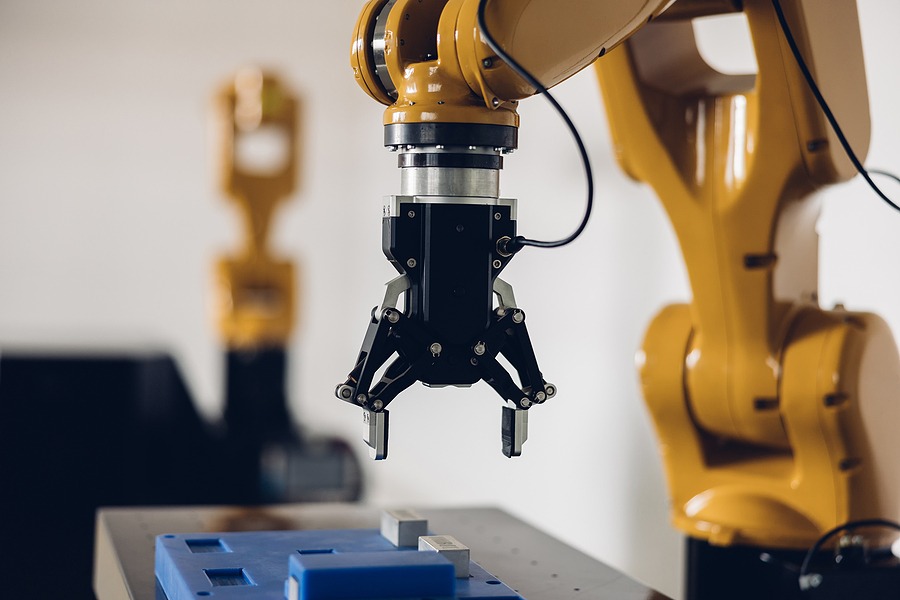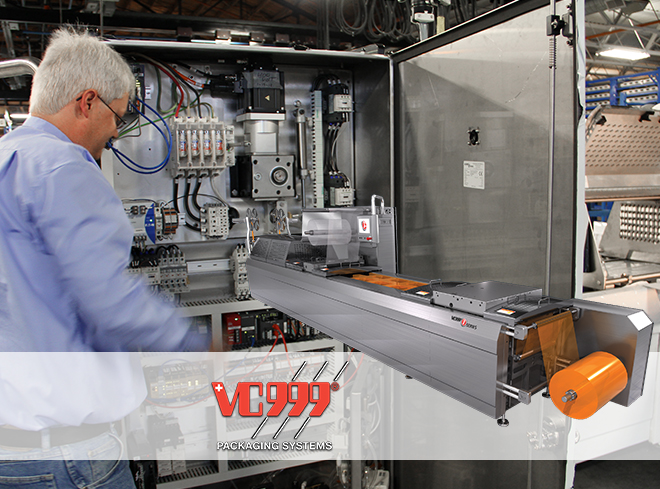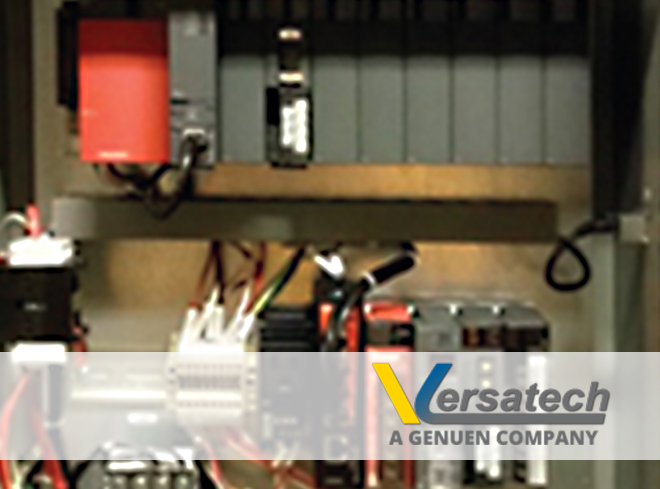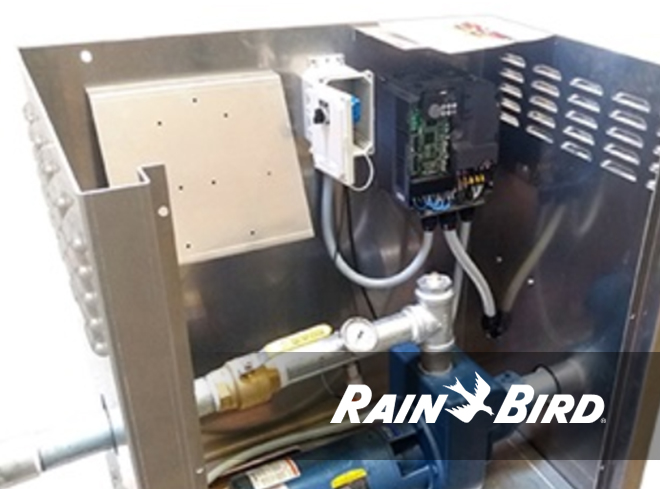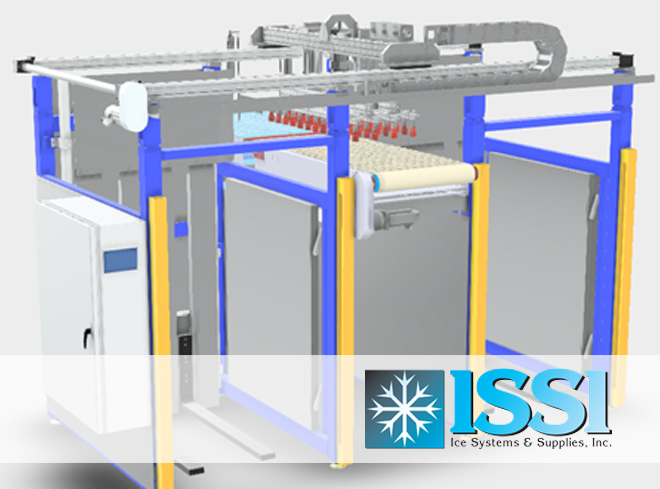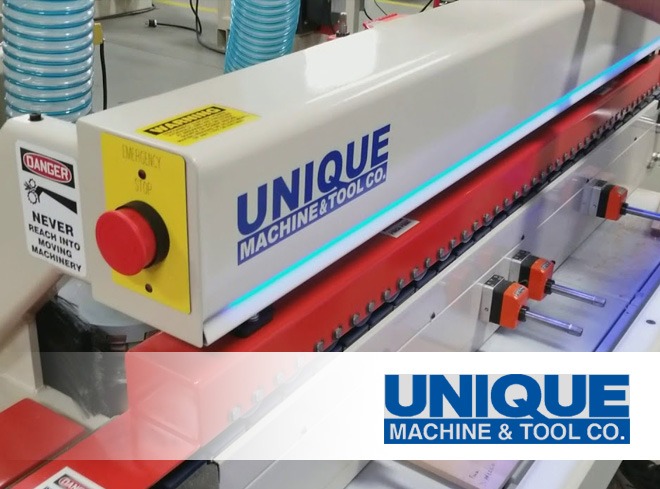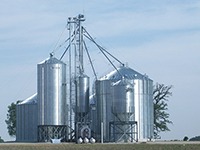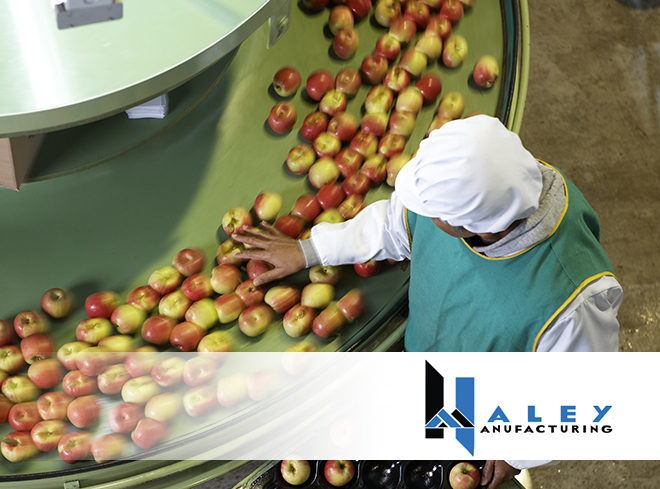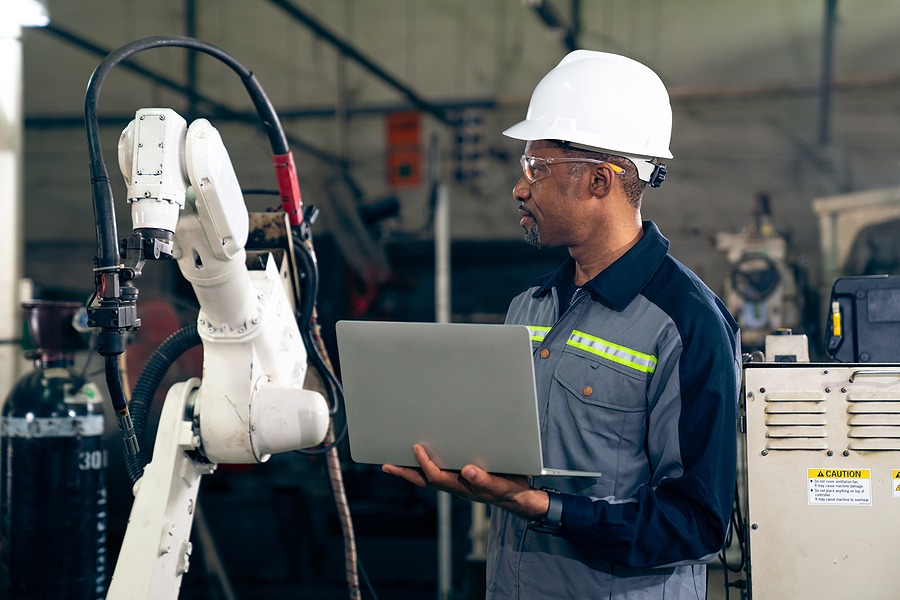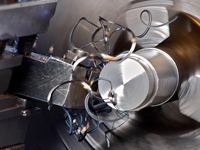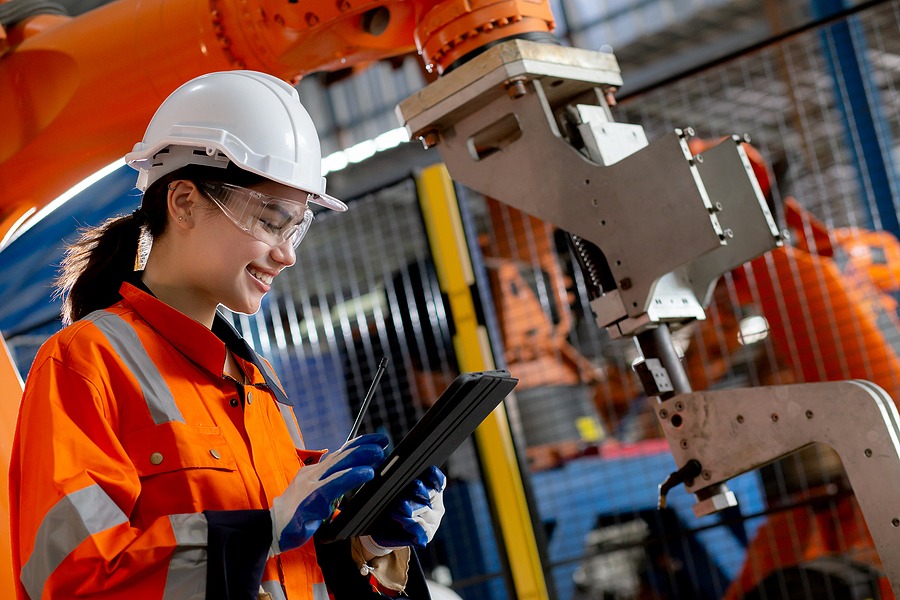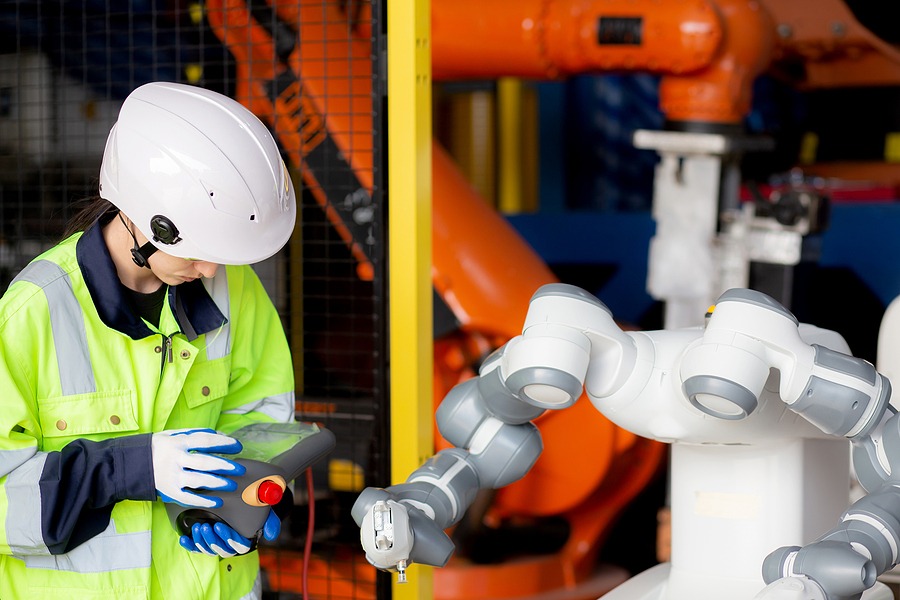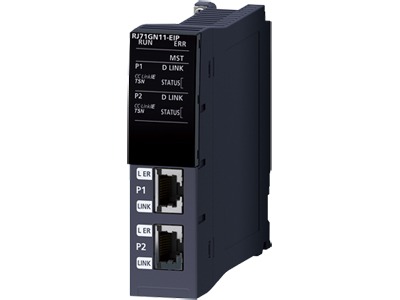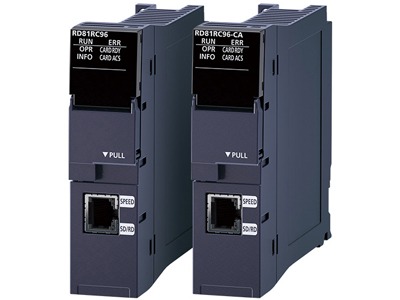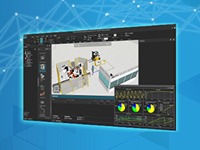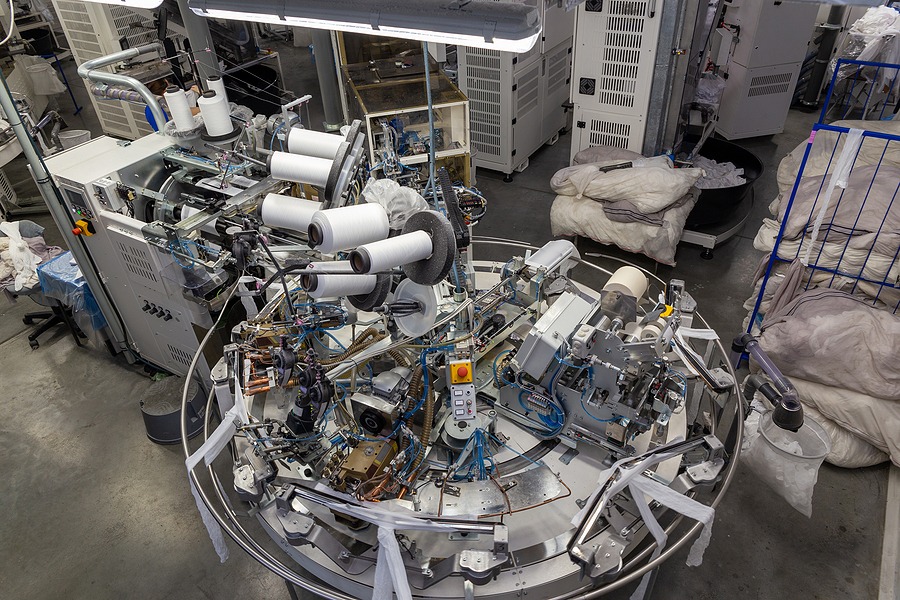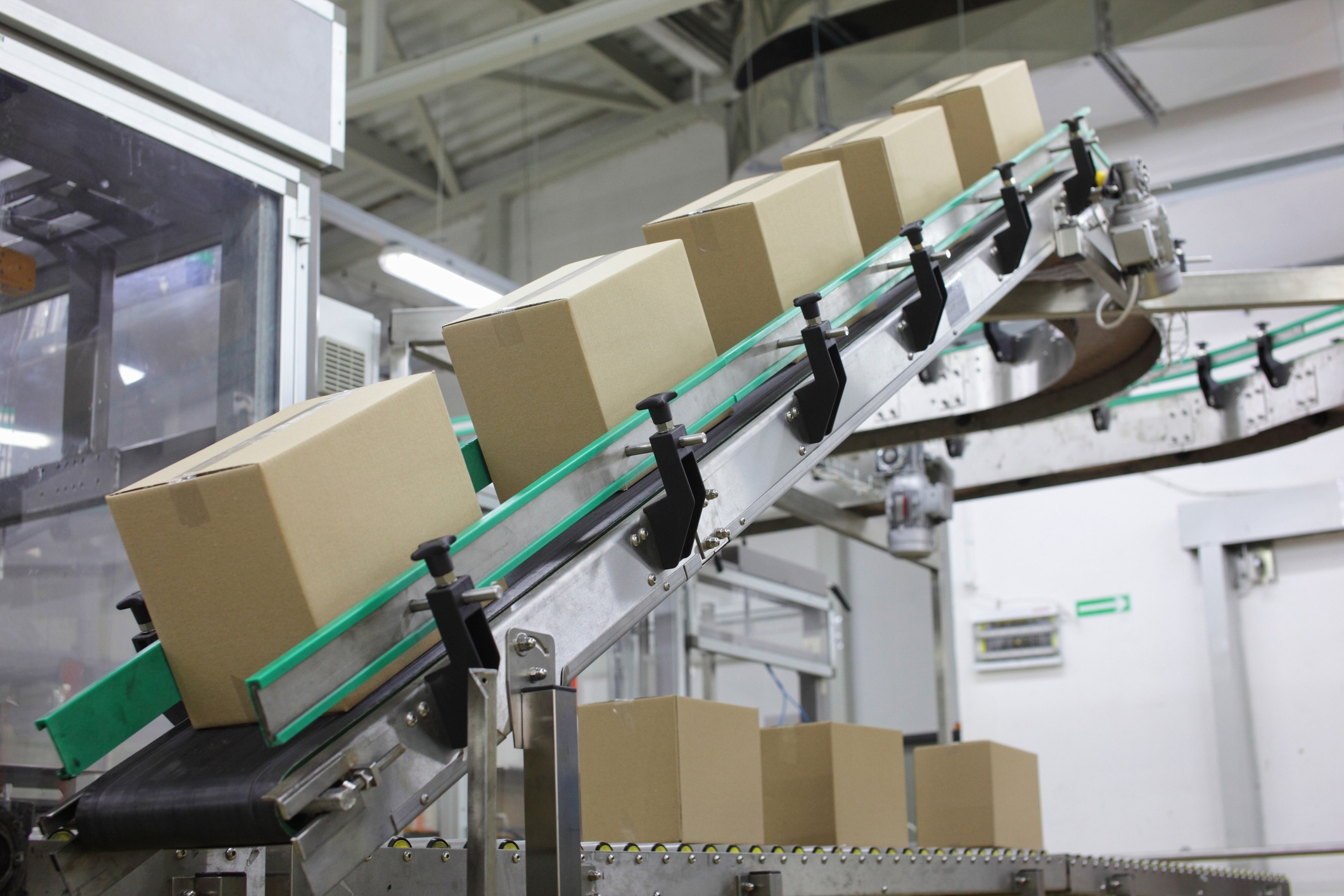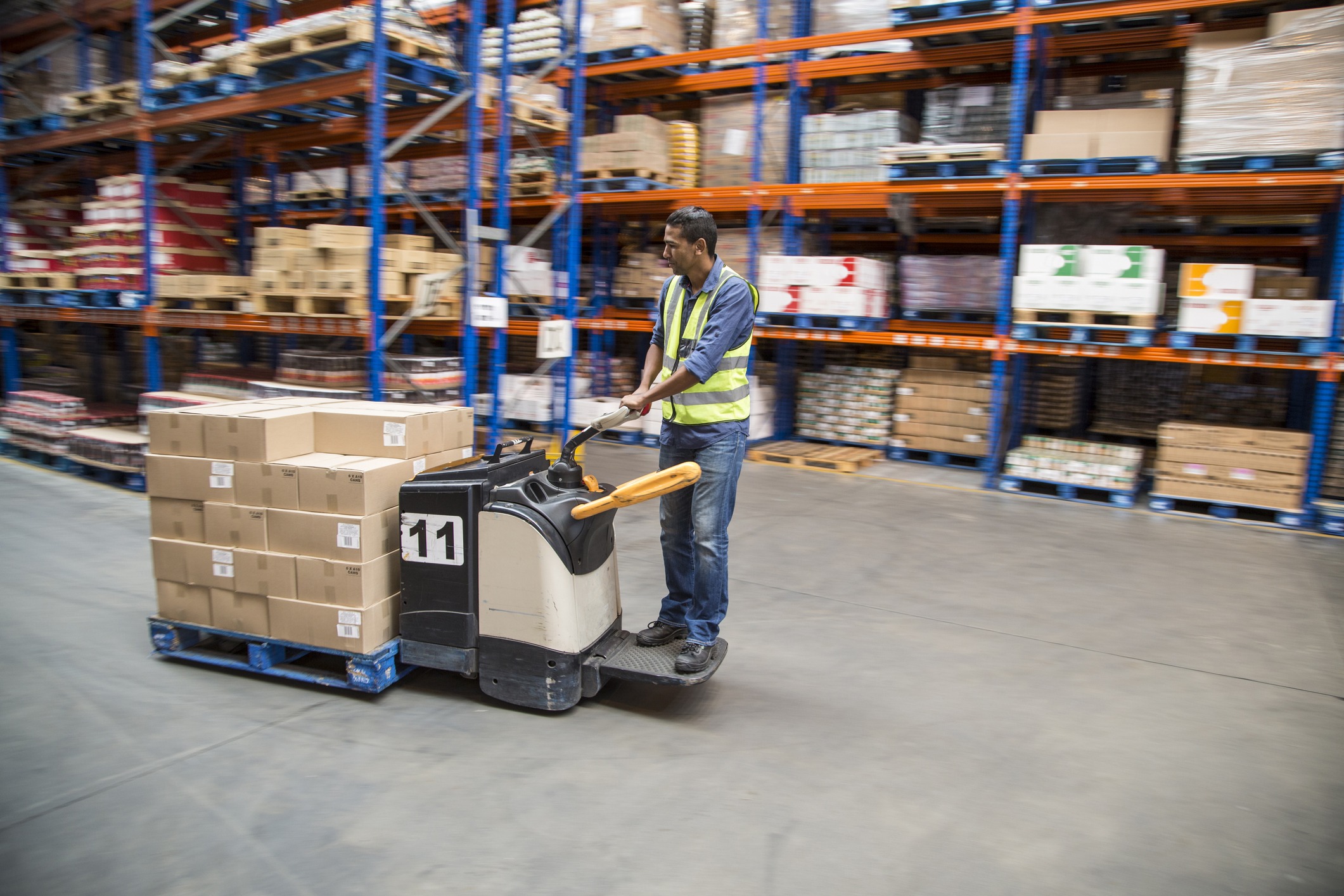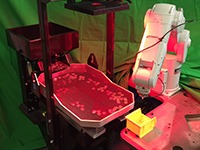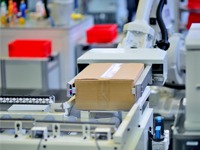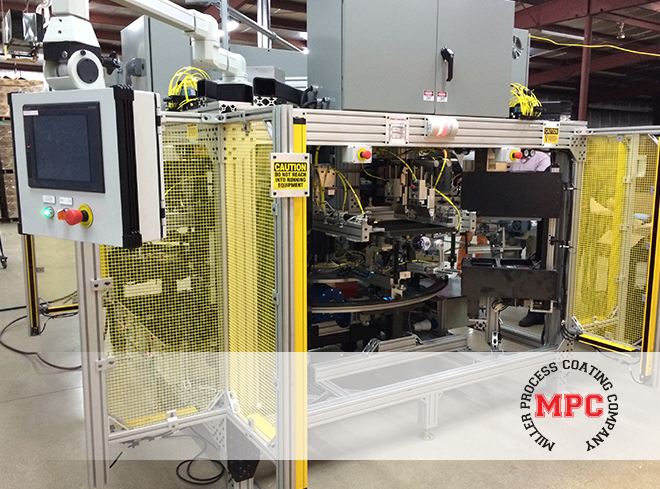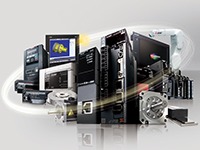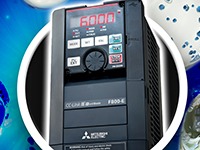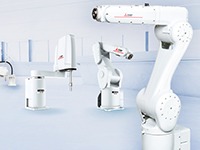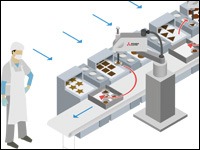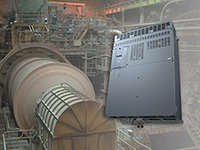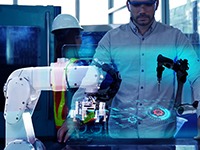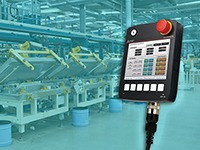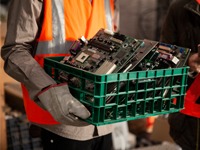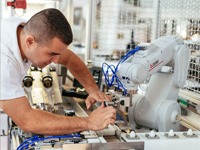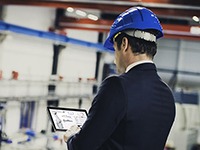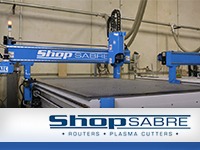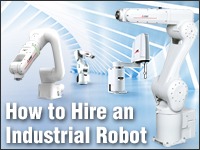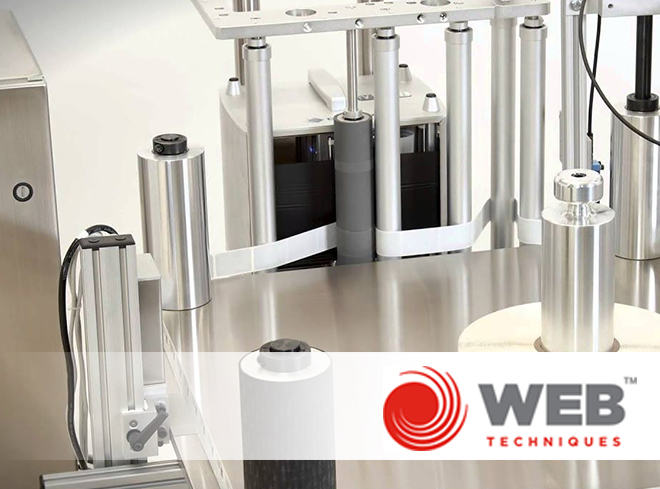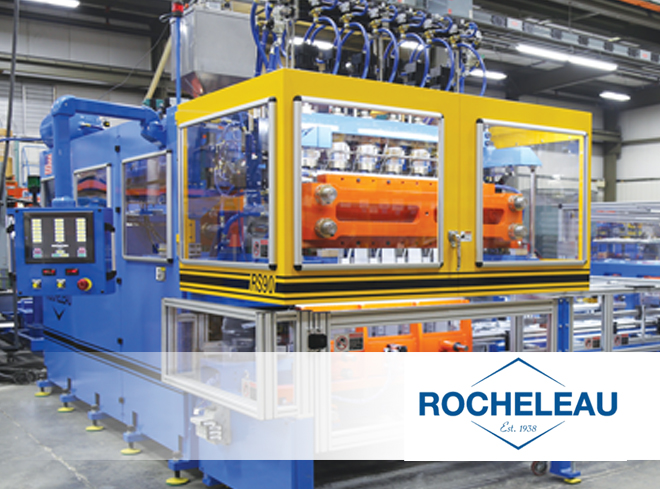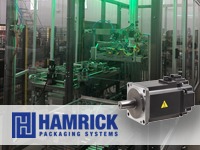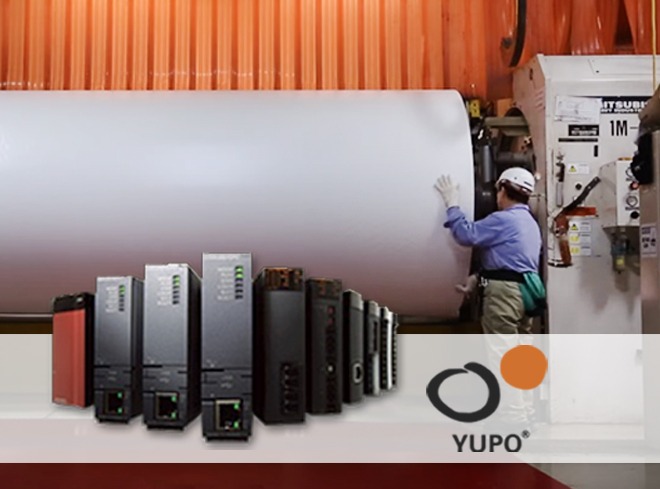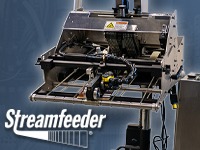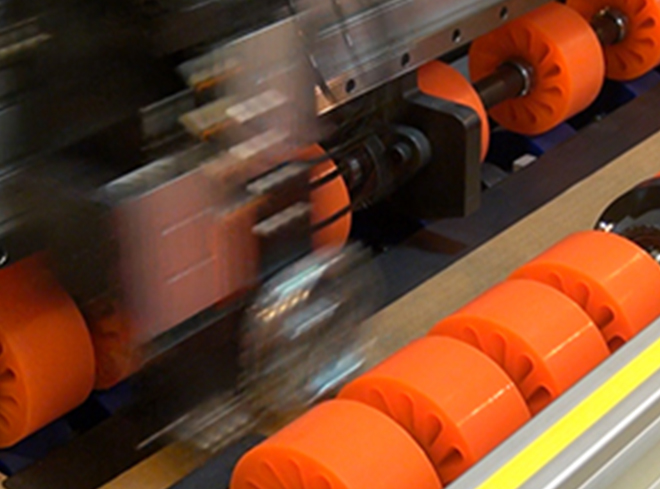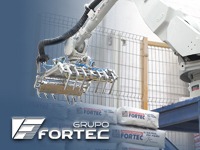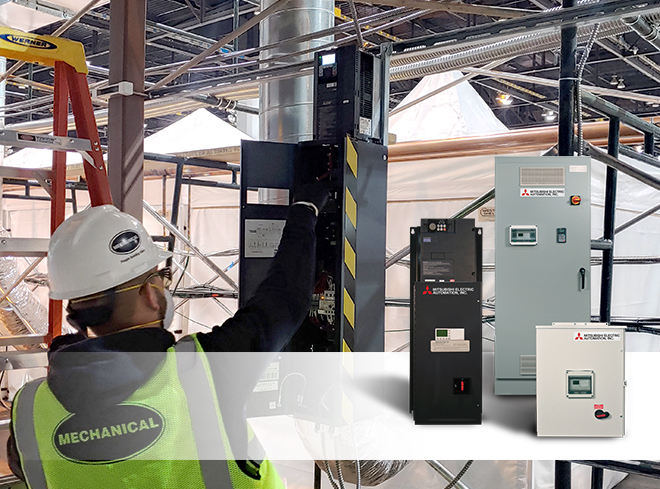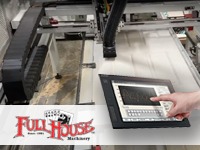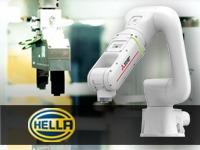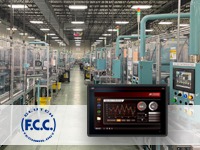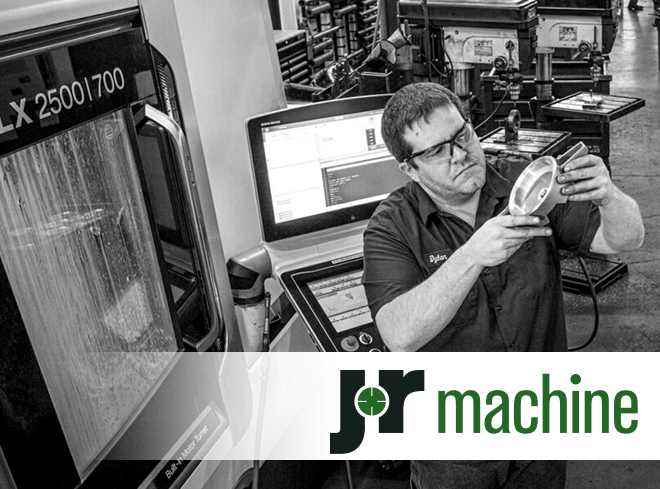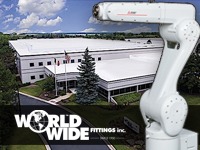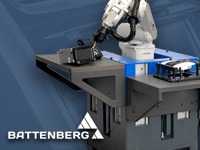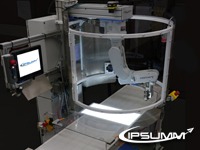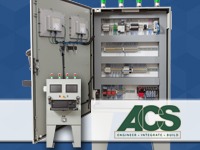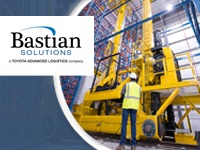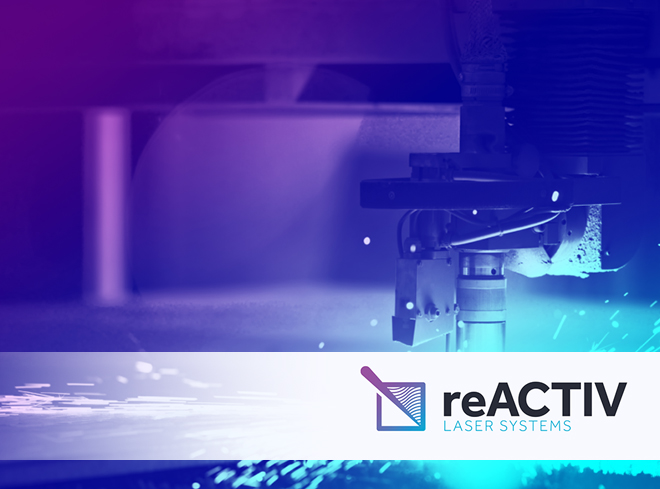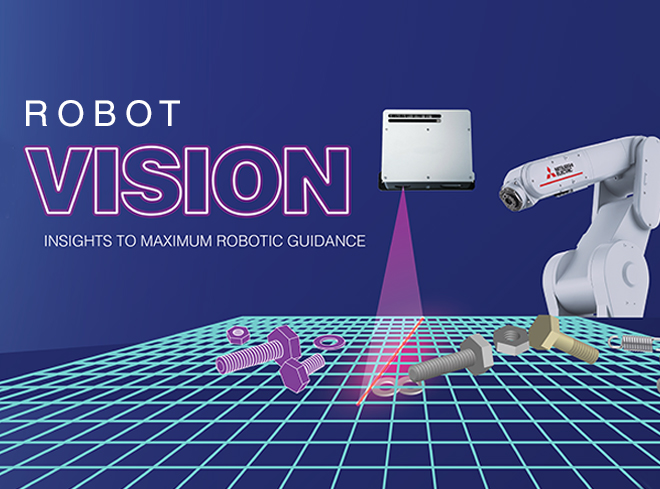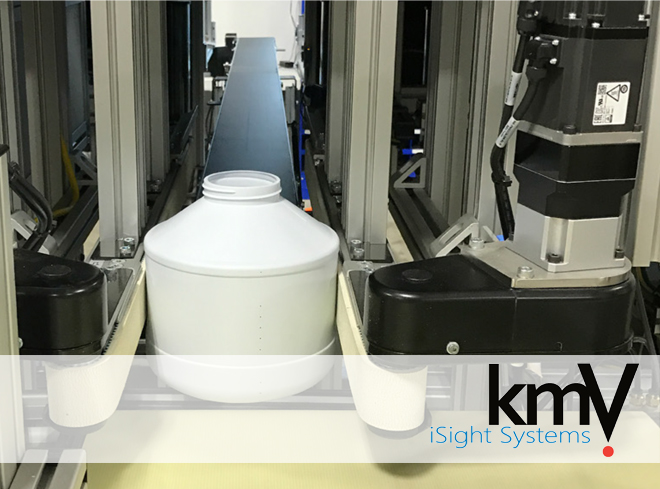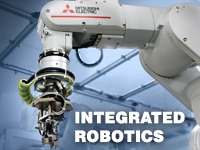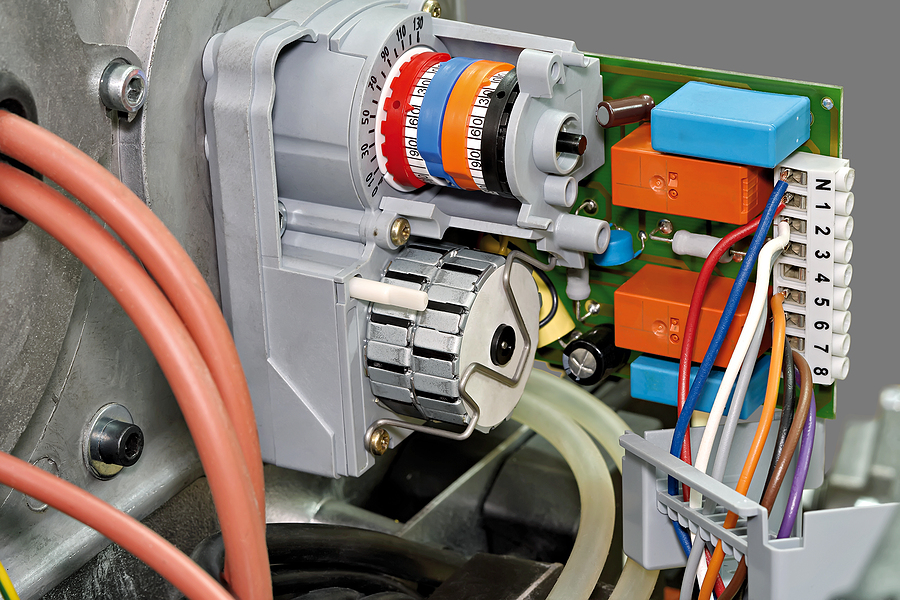
Half of all equipment breakdowns on factory floors are the result of a worker’s error. Training that covers both job duties and safety precautions is important. Upwards of 80% of workplace accidents are linked to human error. The most common errors are:
- Calculation errors
- Getting too comfortable and ignoring safety procedures
- Inadequate training
- Pranks and goofing around with co-workers
- Rushing to meet quotas or deadlines
- Worker fatigue
Reducing errors increases production rates and quality. It also reduces the risk of serious injuries on the factory floor. One of the best ways to reduce error rates in production is through the use of Servo systems.
What Are Servo Systems?
A servomechanism (servo for short) is a motor-driven system that has built-in feedback to allow for quick adjustments. Servo systems are found in power steering, factory machines, robotics, and more.
It starts with a servo motor, which has three main components: the motor, a controller circuit, and a feedback mechanism. Go back to your childhood where you were playing with a remote-controlled car. As you moved the joystick or controller steering wheel right or left, the wheels on the car turned right or left. Pushing forward moves the car forward while pulling back stops the car. That’s a basic hobby servo motor at work.
They get much bigger and do things like move around a robotic arm. Feedback from a program or controller allows for an arm to move left or right, up or down, or around in large or small circles. Think about robotic surgeries now. The surgeon guides the robotic arm, but the arm does the precision work, which reduces human error.
According to the American Medical Association, inpatient hospital stays decreased by more than half after robotic surgeries were introduced for minimally invasive surgeries. Infection rates decreased.
Even surgeons reported less physical discomfort while performing surgery using a controller vs. holding a small scalpel. The other statistic that’s worth mentioning is that the pain patients experienced after laparoscopic surgery decreased, and less than half required prescription pain relievers.
How Do They Reduce Error Rates?
Servo systems use a closed-loop system. As a servo controller’s input changes, the motor’s power and RPMs adjust accordingly. Continual monitoring and adjustments ensure that movements are precise, which reduces error rates.
When a human notices something needs adjusting, it’s often when product quality is affected. It takes time to slow the machine, change settings on the equipment or computer, and then speed things back up. In that process of slowing down and speeding up, mistakes are going to happen. Servo motors do this automatically and constantly make adjustments with positioning, speed, and targets, which means quality doesn’t tank before the problem is noticed.
Servo System Applications Within a Factory
In industrial settings, servo motors have a control circuit, shaft and drive gears, motor, position potentiometer that adjusts voltage, and encoder. A program and the controller send input pulses (messages) to the driver, which converts that into a current that starts the motor.
As the motor works, it sends signals to the encoder, which returns messages to the driver to complete the circuit, where the same actions repeat. If adjustments are needed, the system makes them immediately for typically flawless performance. We say “typically” as power outages or lags or drops in wireless connectivity can create issues. Work with a specialist in Servo solutions to ensure the system is designed to work efficiently in your plant.
Servo motors are used in fabrication machines to cut, bend, or shape sheets of metal to fit precisely into the item they’re building. They can manage and operate the conveyor in a system like a canning or bottling machine. They’re great for pick-and-pull systems where a robotic item must move precisely and grab an item from a high shelf or rack and move that item to a box or line for packing and shipping.
There are different types of Servo motor applications.
- AC Servo – Often used in conveyor belt systems, automation, and heavy machinery
- Analog Servo – Often used when low voltage is required, such as in smaller cars or medical equipment
- Brushless Servo – Mostly used in CNC lathes and other CNC equipment
- DC Servo – Often used in robotic factory equipment and machine tools
- Digital Servo – Very small and not often used in plants, mostly used for home electronics where a drawer or tray opens and closes, such as a DVD player
- Linear Servo – Often used for materials handling, such as cranes, or pumps that inject or extrude liquids
- Rotary Servo – Often used in smaller devices like industrial stand mixers and devices that move in continual circles/revolutions
Trends in Servo Technology
Internet of Things (IoT), Industry 4.0, cloud computing, machine learning, and AI are transforming the manufacturing and production industry. Smart factories make the most of sensors, software, and robotics to provide:
- Higher quality
- Increased production rates
- Reduced errors
Miniaturization is another area where Servo systems can help with precision as tiny components are put together. Remember the laptops of the early 1990s? They were bulky and several inches thick. With components getting smaller, it can be hard for the human hand to assemble these items without mechanical assistance.
The medical world is another area where miniaturization is essential. Incisions are smaller, and to ensure they are smaller, narrow machine arms need to go through the skin rather than thicker surgeon fingers. Tiny cameras go through the skin with no more than an IV-sized hole that heals quickly. As nanotechnology increases in many fields, Servo systems become essential components.
All of this increased technology is making it easier to avoid supply chain issues and defects that lead to recalls. It reduces the risk of losing consumers due to poor quality. Workers are still necessary as they need to be available for coding the software and working any applicable controllers. Humans and machines will work hand in hand to avoid errors and improve production rates.
Gone are the days of slow, dial-up internet speeds. As more communities embrace gigabit or faster bandwidth, it’s easier to integrate Servo technology into your plant. It’s a technology that’s going to explode as manufacturing in the U.S. ramps up.
Between 2022 and 2023, manufacturing construction spending increased from $90 billion to $189 billion. When President Biden passed the CHIPS and Science Act and Inflation Reduction Act, many companies started investing in U.S. manufacturing plants.
Whether you’re bringing your current plant up-to-date with the latest technology or are building a new plant, Servo systems are essential to reduce costly mistakes from human error. Mitsubishi Electric is here to talk to you about Servo systems and the technology that supports them. We can help you brainstorm the best way to incorporate it into your production or manufacturing lines.
Work with Us and Succeed
We love our customers and the challenges they bring to us. We also like to let our customers shine by discussing how we worked together to solve their biggest challenges. If you have a challenge that needs to be solved and would like to be our next BIG success story, reach out to us and let’s connect!

